
patterns of education
abstract
The topology of a city can reduce social inequalities by guaranteeing the inhabitants a balanced access to the different services. As educated communities tends to be more civilized, peaceful and fair, the aim of this exploration is to reach the optimal city network based on educational access, by analyzing the topology of the cities with higher educational standards and considering that towns with spatially decentralized amenities tends to be less socially segregated. so our aim was to use the python pandana library to generate + unveil social inequalities in cities. therefore we have looked into the OECD Better Life Index and picked the best cities from there to investigate the patterns of education from this index.
methodology

helsinki
we started our initial investigation with the capital finland – helsinki. as we were not familiar with helsinki as a location, we tried to retrieve information about wealthier districts and working class districts through quora. although the comparison between wealthier + working class districts pointed towards a differentiation between the districts. however, this experiment got rendered less usefull, due to the fact, that we were lacking of knowledge about density, fabric, actual social distribution and so on. therefore the experiment was shifted towards vienna, which i m highly familiar with.

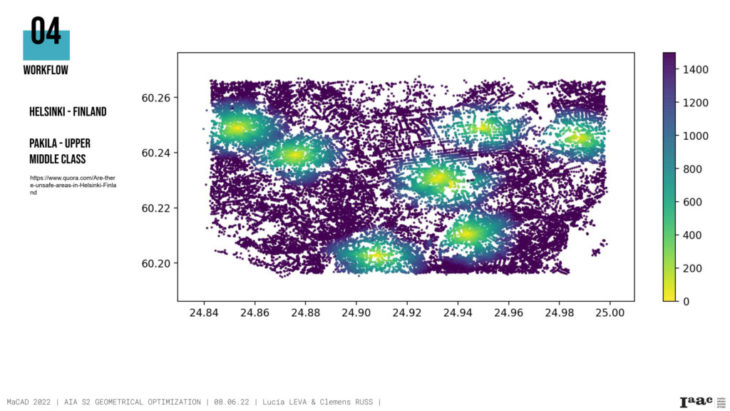

vienna
looking into my hometown’s inner districts, renders a clear picture about a well distribution of accessable education within this areas. however, it also points towards decreasing the diameter from 3 km towards 1,5 km, in order to gather meaningfull results from it. looking into the 22nd district, supported our hypothesis. however, to make the comparison more meaningfull, we’ve looked into districts close to each other that share the same density of buildings and therefore population.
for this we’ve compared the 4th district with the 10th district, this has shown, that the 4th district has a well distributed accessable education network. however, the 10th district on the other hand shows a different picture. most of the educational infrastructure is located around the new development area – sonnwendviertel.
the next investigation was reviewed the 6-8th district and 15-16th district. also districts with equal density in density in building and population. however, these districts show ore or less the same distribution as the 4th versus the 10th district. the central districts have a higher accessability to education than the outer districts.

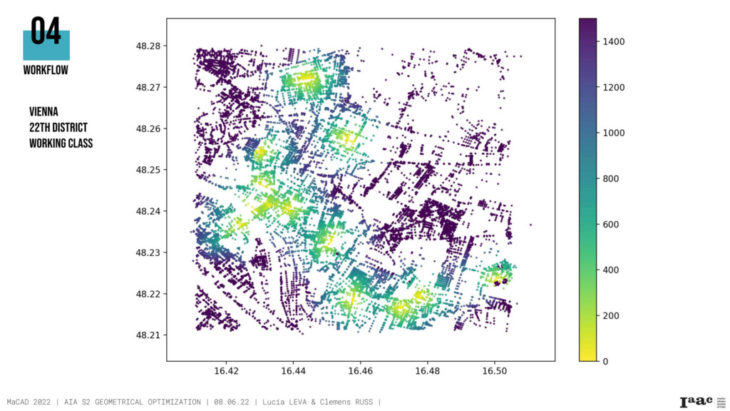
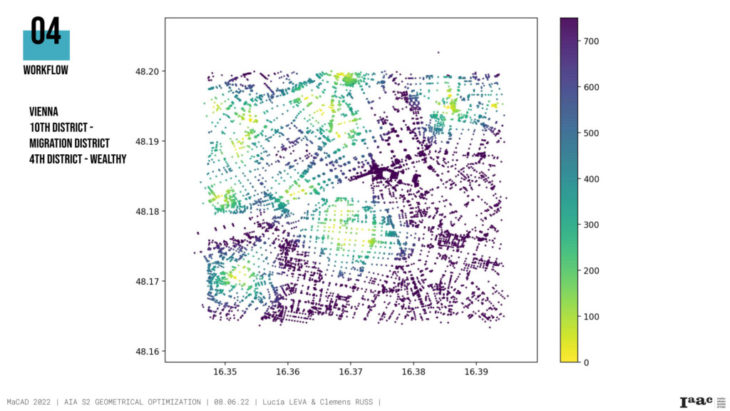

faces of education – generative assignment
for the generative aspect of the assignment, we’ve decided to generate a city from a picture of a famous lecturer and apply amenities on it and investigate on the meshedness, betweenness, connectivity of the network.

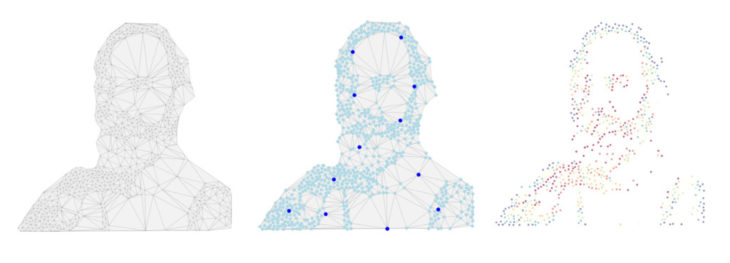

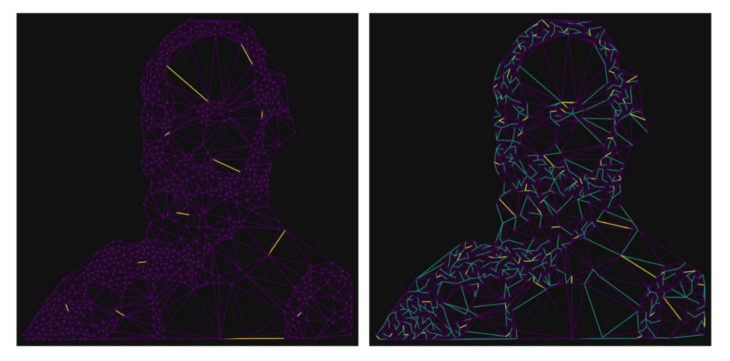
patterns of education is a project of IAAC, Institute for Advanced Architecture of Catalonia developed in the Master in Advanced Computation for Architecture & Design 2021/22 by students: Lucia Leva Fuentes + Clemens Russ and faculty: David Andres Leon, Dai Kandil.